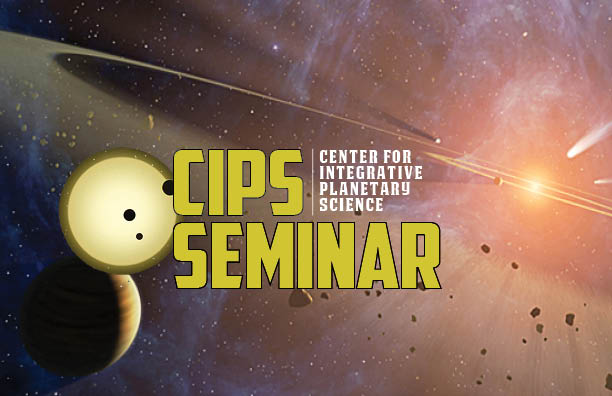CIPS Seminar 12/2
Wed, December 02, 2015

Paul Duffell (UC Berkeley) – "Gaps in Protoplanetary Disks"
Recent observational advances have resulted in new resolved and detailed images of protoplanetary disks, revealing many interesting features. Of particular interest are the so-called “transition disks”, or disks which exhibit observational signatures of gaps or cavities. These exciting new observations have led many to speculate about the possibility of planets as the cause of the observed gaps and cavities in disks. I will discuss theoretical advances in planet-disk interactions, investigated primarily via numerical hydrodynamics calculations. This includes a more accurate criterion for gap opening and a formula for the depletion of the gap, a complete analytical 1D model of the gap, dependent on planet and disk parameters, and an investigation into how the gap affects the planet's orbital parameters, including migration and eccentricity excitation.
David Romps (UC Berkeley) – "Storm Energetics on Earth and Titan"
Convective available potential energy (CAPE) is a measure of the energy available to convective storms, and it is the principal ingredient in recipes for severe weather and lightning. Global climate models predict that CAPE will increase dramatically with global warming, and this numerical result is the primary driver behind predictions of an increased frequency of severe weather and lightning. But, what do we understand about CAPE from a theoretical perspective? Until recently, very little. Before 2013, we had no successful theory for what sets the magnitude of CAPE or what drives its sensitivity to temperature. Here, I will give an overview of theories for CAPE, including the developments from the past two years. Using a recently obtained analytical expression for CAPE, we can estimate CAPE on Earth and on other planets. Titan will be used as an example.
